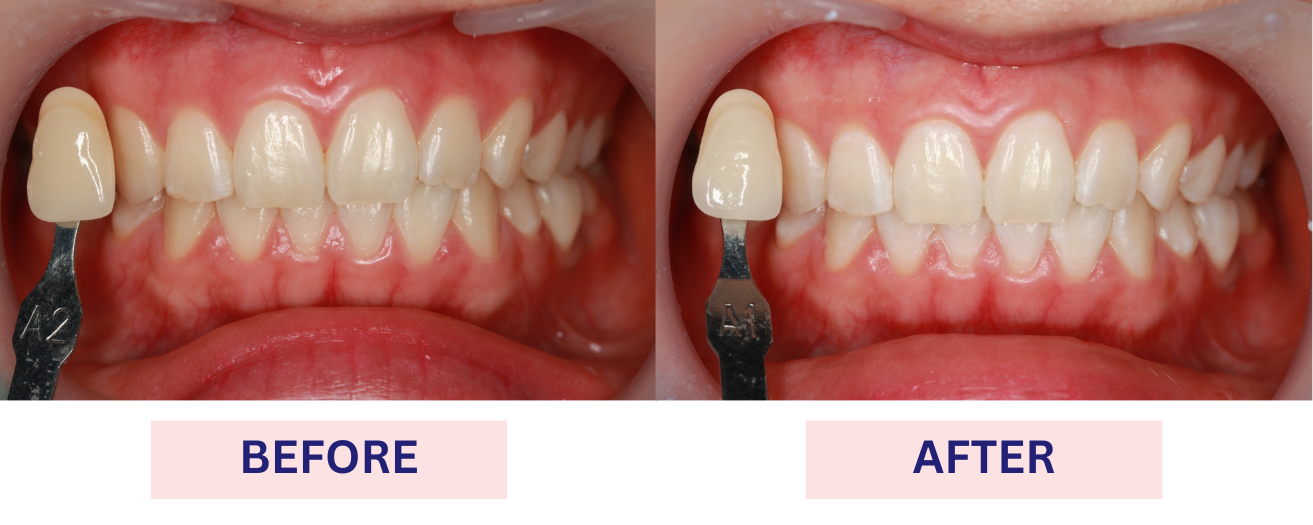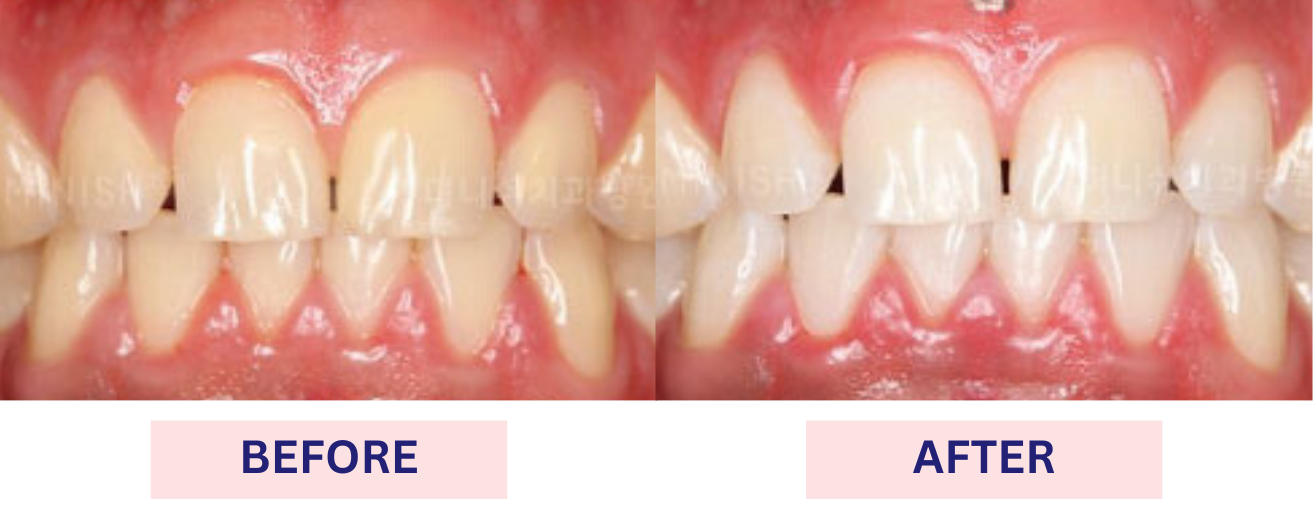Teeth Whitening in Korea

Teeth whitening is a cosmetic dental procedure aimed at removing stains and discoloration from teeth, making them appear lighter and brighter. MINISH Dental Hospital offers teeth whitening treatment without side effects not only for discolored teeth but also for discolored gums and devitalized teeth. The objective is to enhance the appearance of teeth and boost confidence in one’s smile.
Types of Teeth Whitening in Korea
Depending on the degree of discoloration and the shade of white you desire, various whitening options are available.
1. In-Office Whitening
In-Office whitening involves the direct application of highly concentrated bleaching agents onto the teeth after ensuring the gums and mouth are properly protected. This method is known for delivering significant whitening results, making it a popular choice for those seeking immediate improvements in the brightness of their smile. The process is safe, effective, and monitored by medical staff to ensure the health and safety of the patient’s teeth and gums throughout the procedure
How It Works?

STEP 1: Assessment of teeth condition with photographs taken by our dental hygienist

STEP 2: Pre-Treatment Consultation with the doctor. (X-ray scan required)
STEP 3: Confirm the final treatment plan and start pre-whitening teeth cleaning.

STEP 4: Application of agents for gum protection followed by the whitening gel.

STEP 5: Whitening ray exposure to activate the whitening gel.
2. At-Home Whitening
Home whitening involves the use of lower-concentration bleaching agents, typically around 10-15% hydrogen peroxide, to gradually whiten teeth over a period of time. This method allows individuals to apply the treatment in the comfort of their own home, using custom-made whitening trays provided by MINISH Dental Hospital. These trays ensure the whitening agent is evenly distributed across the teeth and minimizes gum exposure to the chemicals. By following a prescribed regimen patients can achieve significant whitening results. This approach to teeth whitening is appreciated for its convenience and the ability to control the level of whitening over time.
How It Works?

STEP 1 – Fill
Squeeze the whitening agent into the tray.

STEP 2 – Apply
Place the whitening tray on your teeth.

STEP 3 – Remove
Remove the tray and brush your teeth.

STEP 4 – Store
Clean and store the whitening tray.
3. Gum Bleaching
Gum Bleaching, also known as gum depigmentation, is a cosmetic dental procedure aimed at improving the aesthetic appearance of the gums by removing or lightening excessive melanin pigmentation. The process involves the careful removal or treatment of the gum’s outer layer where the melanin is accumulated, often using laser technology or other specialized techniques. The objective is to reveal a more uniform, bright red coloration that is often associated with healthy gums. This can enhance the patient’s smile and boost their self-confidence.

When to Consider Gum Bleaching:
- Accumulation of melanin pigments on the gums because of hereditary reasons or external influences.
- Discoloration of gums resulting from the use of metal dental prosthetics, among other causes.
- Persistence of tar and nicotine in the gums attributed to regular smoking.
- Darkening of the gums as a result of prolonged sun exposure.
What To Expect?
1. Before & After
2. How Long Does It Last
The duration of teeth whitening effects can vary significantly with an average span of about one year. This longevity is influenced by personal habits such as diet, oral hygiene, and tobacco use, with substances like tea, coffee, red wine, and smoking known to accelerate the re-staining process. To maximize the whitening effects, maintaining good oral hygiene and minimizing exposure to staining agents are recommended.
3. Best Candidates
Teeth discoloration, results from various factors, contributes to the varying shades of discoloration observed in teeth, prompting individuals to seek teeth whitening or other dental treatments to restore their natural color.
The causes of teeth discoloration
1. External Causes:

Food and Beverages: Consuming certain foods and drinks like black tea, coffee, wine, and chocolate, which contain pigments that can stick to the surface of the teeth, leading to stains.

Smoking: Nicotine and tar from cigarettes deposit on the teeth with each smoke, resulting in a yellow or darker shade over time.
2. Internal Causes:
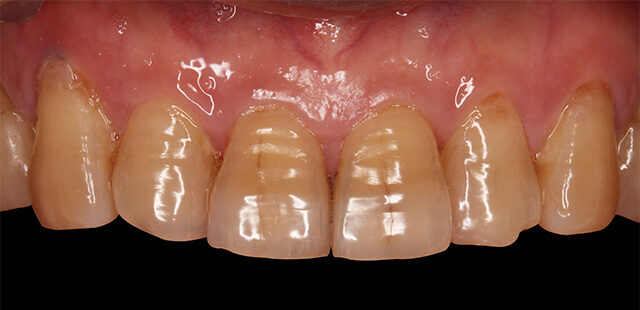
Aging: As we age, the enamel on our teeth naturally wears down, revealing the naturally yellower dentin beneath, giving teeth a more yellow appearance.

Trauma: Physical damage to the teeth can lead to the internal staining of teeth. This can happen when blood cells break down internally, causing discoloration from the inside.
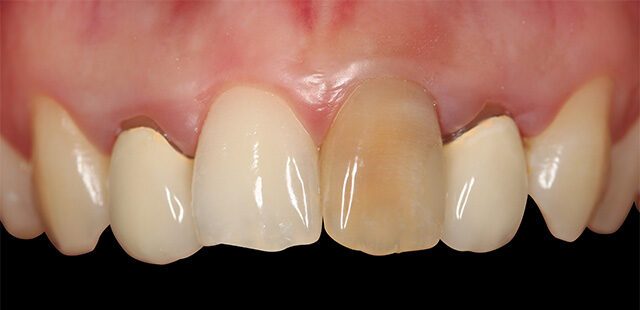
Root Canal Treatments: Imperfect or failed root canal treatments can leave behind necrotic tissue or bacterial infections inside the tooth cavity, leading to internal staining. Discoloration can also occur from the dental materials used in the procedure.
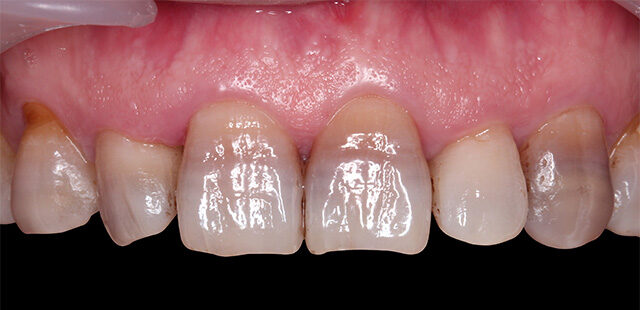
Medications: Certain medications, drugs, and heavy metals can interfere with tooth coloration during the formation stage of the teeth. Common culprits include tetracycline antibiotics and excessive fluoride, which can cause dental fluorosis.
Patients who have white spots on their teeth are generally advised against undergoing teeth whitening procedures, as these treatments can make the white spots even more noticeable. This is because the whitening process uniformly lightens the color of the entire tooth surface, thereby exaggerating the contrast between the normal tooth enamel and any white lesions present. Instead, dental veneers are recommended as a more suitable solution for such cases.

White spots are even more highlighting after teeth whitening

Other treatments like MINISH Veneers are recommended
MINISH Veneers are Recommended over Whitening for People

who have obvious white spots on front teeth:
MINISH Veneers: White spots will be covered with MINISH Veneer solution, recommended to patients with white spots
Teeth Whitening: White spots will become more obvious with teeth whitening treatment, not recommended to patients with white spots
who seek to customize their teeth whitening to various shades, or whose teeth severely discoloured due to factors such as drugs, genetics, aging, or nerve damage:
MINISH Veneers: Patient can precisely select the desired shade from wide range of colour spectrum, with the consistent outcomes, unlike the varying results of whitening programs
Teeth Whitening: A standard program typically brightens teeth by 1 to 1.5 shades on the color spectrum, with results varying per individual, not recommended for people with specific color target in mind
who are looking for more permanent whitening results:
MINISH Veneers: MINISH veneers are transparent and designed to cover the original teeth, offering a semi-permanent durability. Treatment duration is one day, typically 4 hours in total, 2 hours for communication and preparation in the morning, and 2 hours for bonding in the afternoon
Teeth Whitening: Result may last from several months up to two years, but this can vary significantly from person to person based on lifestyle choices and oral hygiene practices. Not advised for frequent repetition, to preserve enamel health. A standard 1-day MINISH Teeth Whitening program includes 3 rounds of whitening.
who have thin and sensitive teeth:
MINISH Veneers: Unlike traditional veneers like porcelain, MINISH veneers serve as a teeth protection solution, requiring less than 0.1mm of shaving. These ultra-thin veneers provide semi permanent protection
Teeth Whitening: Teeth whitening is not recommended to a patient with thin and sensitive enamel layer. As it can thin the enamel layer, increasing erosion and sensitivity, and may cause pain during the treatment
who want to correct other dental imperfections such as chipped teeth, gaps, or misalignment:
MINISH Veneers: Provide a long-term teeth whitening while also addressing dental imperfections like chips, gaps, or misalignment within a day, in a minimal invasive way
Teeth Whitening: Teeth Whitening procedure can effectively improve the shades solely, does not address additional dental issues
In-Office Teeth Whitening
Precautions
Frequently Asked Questions
What types of teeth whitening treatments are available at MINISH Dental Hospital?
MINISH Dental Hospital offers several teeth whitening options:
- In-Office Whitening: A procedure where highly concentrated bleaching agents are applied directly to the teeth, providing immediate and significant whitening results under professional supervision.
- At-Home Whitening: This method involves using custom-made trays and lower-concentration bleaching agents, allowing patients to whiten their teeth gradually at home over a prescribed period.
- Gum Bleaching: Also known as gum depigmentation, this cosmetic procedure lightens excessive melanin pigmentation in the gums, resulting in a more uniform and aesthetically pleasing gum appearance.
How long do the effects of teeth whitening last?
The duration of teeth whitening effects varies among individuals but typically lasts about one year. Factors such as diet, oral hygiene, and tobacco use can influence the longevity of the results. To maintain the whitening effect, it’s recommended to practice good oral hygiene and minimize exposure to staining agents like coffee, tea, and smoking.
Are there any precautions to take after undergoing teeth whitening?
Yes, after a teeth whitening procedure, it’s advisable to:
- Avoid smoking for at least 48 hours.
- Steer clear of foods and beverages that can stain teeth, such as red sauces, berries, coffee, and tea.
- Be aware that mild sensitivity to hot or cold liquids may occur but usually subsides within 1–2 days.
- Note that existing dental work like fillings or crowns will not whiten, so they may need to be replaced to match the new tooth color.
Who are ideal candidates for teeth whitening at MINISH Dental Hospital?
Ideal candidates include individuals with:
- Discolored teeth due to coffee, tea, smoking, or aging.
- Teeth that have turned black due to trauma.
- Teeth that are naturally yellowish.
- Overall color tone mismatches in their teeth.
However, those with white spots on their teeth are generally advised against undergoing teeth whitening, as the treatment can make these spots more noticeable. In such cases, dental veneers are recommended as a more suitable solution.
Is teeth whitening painful?
While individual experiences may vary, some people might experience mild discomfort during the teeth whitening procedure or sensitivity to cold foods on the day of treatment. Professional whitening procedures can adjust the concentration of the whitening agent or apply a desensitizer to reduce hypersensitivity.

